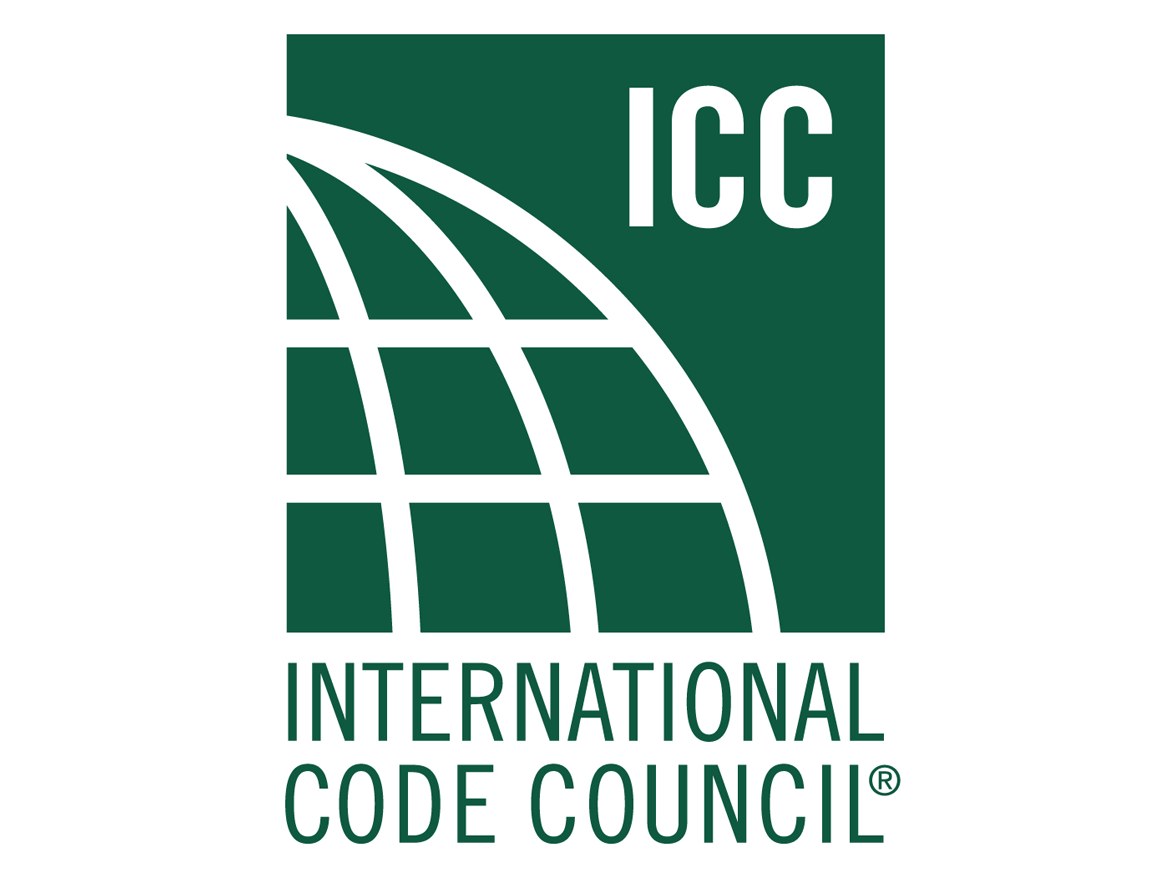Calculation Procedures for Assessing Thermal Bridging Impacts
Review the calculations procedures for architects to assess how thermal bridging impact overall thermal performance of an envelope.
Sponsored by NYSERDA | Presented by Dylan Martello, Senior Building Systems Consultant
Webinar On-Demand
Dylan Martello, Senior Building Systems Consultant, Passive House Services - CPHD, will review the calculations procedures for architects to assess how thermal bridging impact overall thermal performance of an envelope.
The presentation will be followed by a moderated discussion focused on how the project addresses several key issues.

Photo courtesy of NYSERDA
 |
Dylan Martello, Senior Building Systems Consultant, Passive House Services - CPHD, is a Senior Building Systems Consultant and Certified Passive House Designer with Steven Winter Associates, Inc., specializing in Passive House and Net Zero consulting and energy modeling. On a day-to-day basis, Dylan works with project architects and engineers to assist in the design of extremely energy efficient buildings. His direct project experience includes a range of project types from large multifamily buildings such as 425 Grand Concourse in the Bronx and Sendero Verde in East Harlem, Winthrop Square a high rise office in Boston, a manufacturing facility in Sri Lanka, and Hotel Marcel an all-electric EnerPHit retrofit hotel in New Haven. |
LEARNING OBJECTIVES
- Define and differentiate Clear Field , Linear, and Point thermal bridging.
- Recognize calculation procedure to account for Linear and Point thermal bridging (Psi and Chi-values).
- Calculate average u-value impact from basic linear and point thermal bridges.
- Identify additional tools, software, and resources to assist with thermal bridge accounting.
- Explain outputs of thermal bridge analysis tools to inform detail improvements.
- Recognize how thermal bridging is addressed in the Stretch Code.











